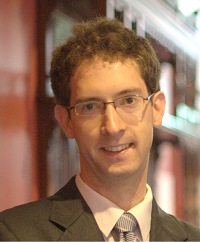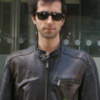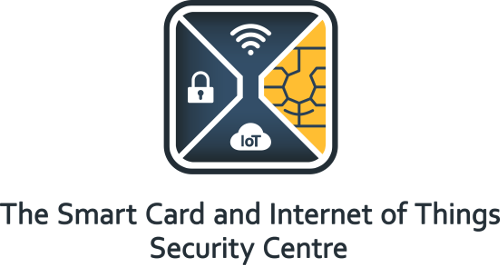
Benoit Ducray did his Masters in Computer Science in France, Paris at ESIEA (Ecole Superieure d’Informatique, Electronique, Automatique). In 2010, he spent three months working in the R&D department of Ricoh in Paris, and in 2011 he worked at Slidepath (Leica Microsystems) in Dublin. In 2012, at the end of his Masters, he spent 6 months at Royal Holloway in the Smart Card Centre as a visiting researcher working on the recognition of movement and its potential application in secure identification. He has now begun a PhD in the Smart Card Centre, on biometric technologies supervised by Professor Keith Mayes.
Room: 152 Founders West – Tel: 01784 414939
E-mail: Benoit.Ducray.2013@live.rhul.ac.uk
Benoit describes his research:
I am working on dynamic biometrics. A biometric is dynamic when physical/behavioural (inherent) biometric information is captured together with a knowledge factor from a user, such that it can be used as the basis of a one-step two factor authentication. I am more particularly interested in authentication based on gesture recognition. My work is to study the feasibility and application of such authentication systems. If a malicious person was able to steal a standard (conventional) biometric, the genuine user would not be able to reuse this biometric for any application: however, when using gesture recognition as a dynamic biometric, the user just has to change the gesture if the original has been compromised. I am using devices such as Kinect and Leap Motion as they are both depth cameras. They are able to track several characteristic points such as shoulders, elbow, hands, for the Kinect , and finger tips/ roots and the palm centre for the Leap Motion. These devices are used for different kinds of gesture authentication applications.






